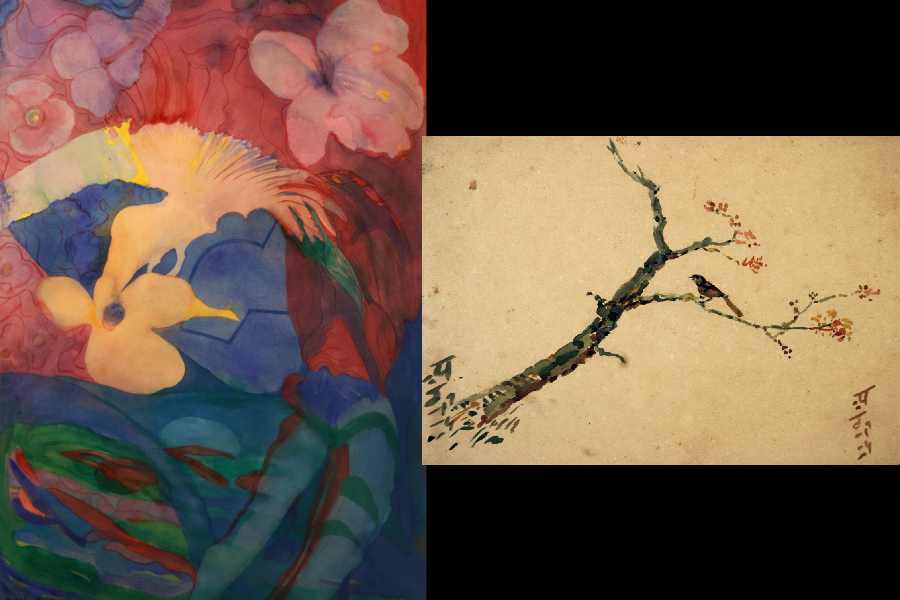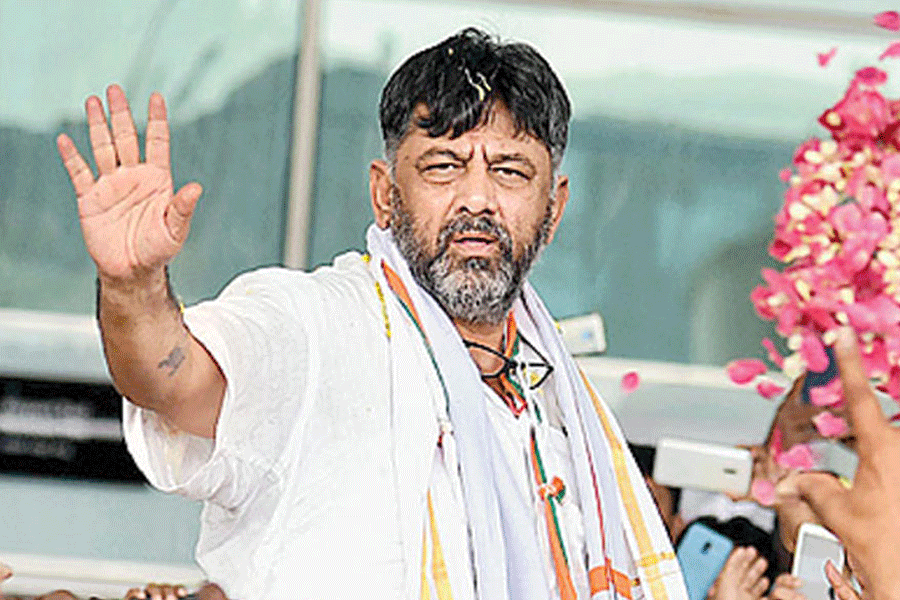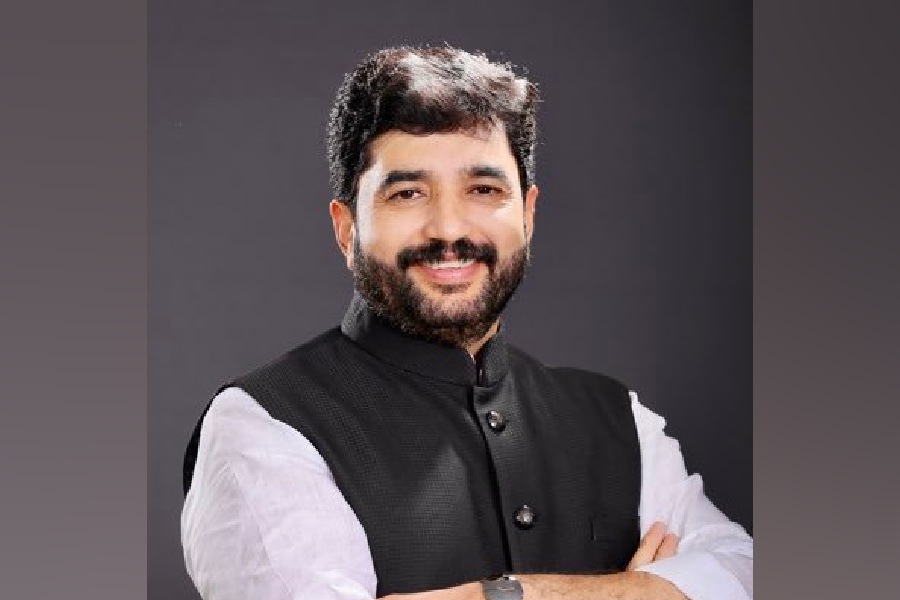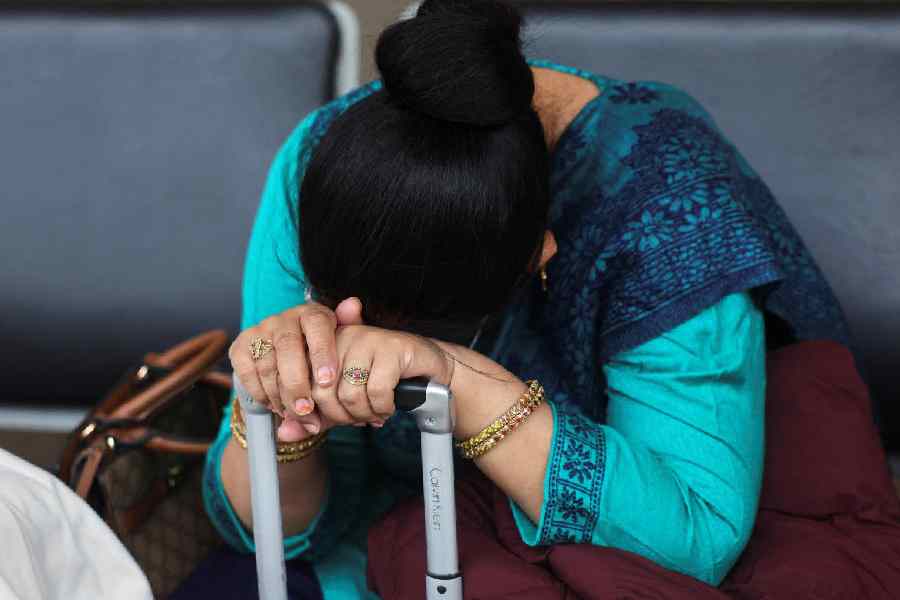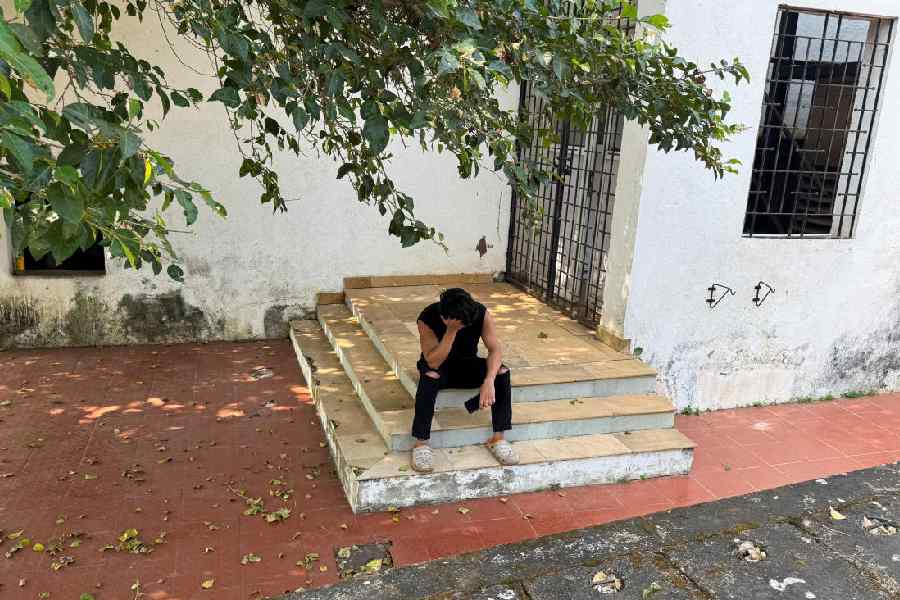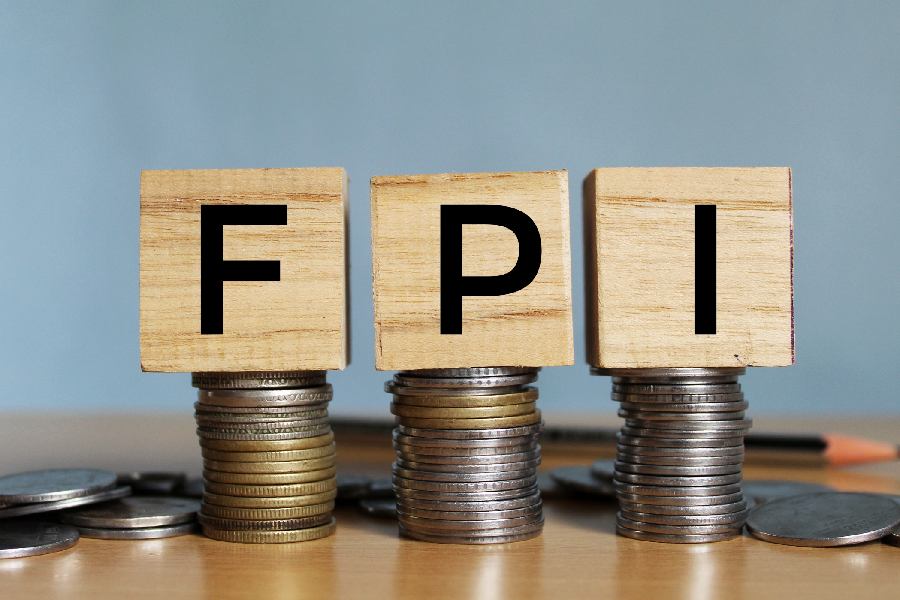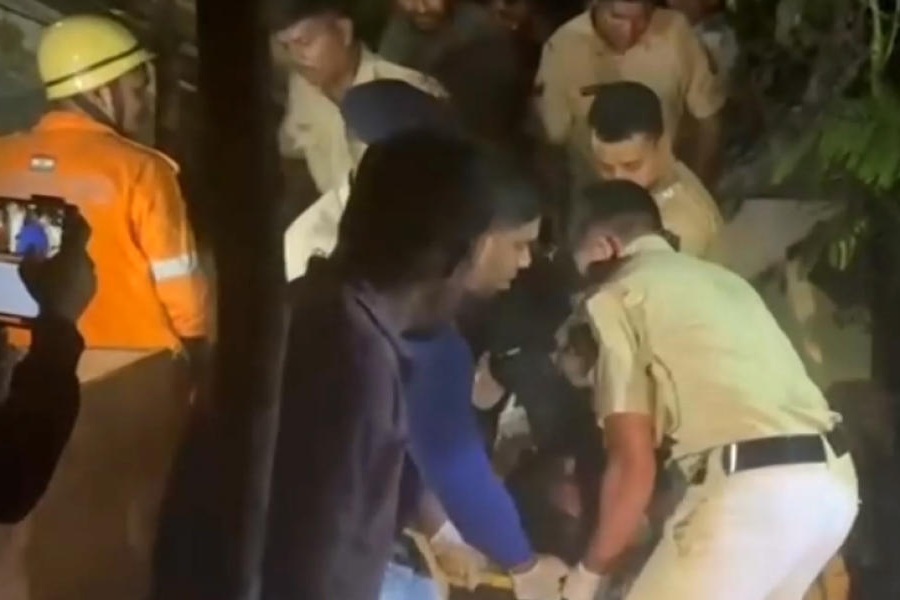The superlative exhibition, Watercolours from the Permanent Collection of the Birla Academy of Art & Culture, curated by Sujaan Mukherjee and held recently at the aforementioned institution, was a lesson in art history. For alongside masterpieces executed in this medium from Bengal, some wonderful watercolours from other regions of India, particularly Bombay, too, were displayed. What’s more, there were two exotic works by Abdur Rahman Chughtai of Lahore. The 118 exhibits covered a long period of time — ever since the medium was introduced by the British in the art schools they opened, right up to the new millennium. So, on the one hand, we witnessed the versatility of the medium and, on the other, the facility and the felicity with which local practitioners used it. The works were from colonial times, and there were some multihued watercolours by A.H. Müller, whose parents were German and who was trained at the Madras School of Art. He had faithfully documented local customs and rituals. Talented products of the Sir J.J. School of Art, Mumbai, such as A.X. Trindade and Ambika Dhurandhar, were represented. G.S. Haldankar was a well-known portrait and landscape artist and M.R. Acharekar was a successful portraitist and film art director from the same city. The evocative watercolours of K.R. Ketkar and R.S. Gosavi projected the picturesque magnificence of India’s archaeological sites.
The practice of the three Tagores (picture, right) ran counter to the prevailing trend of academic realism as their imagination was stimulated by visitors like Yokoyama Taikan and others. Santiniketan artists like Nandalal Bose, Benode Behari Mukherjee and Ramkinkar Baij had developed distinctive styles of their own that seem to have been engendered by Bolpur’s endless horizon and rugged terrain. Sunayani Debi, Chitranibha Chowdhury and Rani Chanda added a feminine touch. There were some haunting watercolours of masters like Gopal Ghose, Shyamal Dutta Roy, Jogen Chowdhury and Ganesh Haloi. One looked in vain for Ganesh Pyne and Bikash Bhattacharya. S.H. Raza, K.H. Ara and M.F. Husain struck a very different note. Amal Ghosh’s Cosmic Flower (picture, left) was a floral fantasy.

